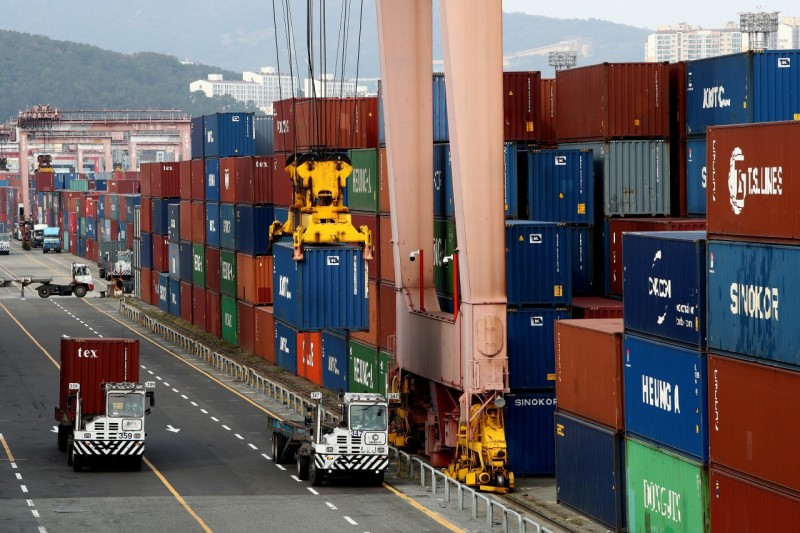
Image credit: The Korea Herald
Small and medium-sized enterprises (SMEs) in South Korea have continued their upward export trend for the third consecutive quarter, achieving a significant milestone in the first half of this year. According to the "2024 First Half and Second Quarter SME Export Trends" report released by the Ministry of SMEs and Startups (MSS) on July 24, SME exports from January to June amounted to $57.1 billion, marking a 4.4% increase compared to the same period last year.
The report highlights that cosmetics emerged as the top-performing export item, with exports surging by 30.8% year-on-year to $3.31 billion. This remarkable growth is attributed to the global demand for K-beauty products and the diversification of export markets to emerging regions, alongside traditional markets like the United States and China. The United States, in particular, has become the leading export destination for SMEs, surpassing China with exports totaling $9.46 billion.
On a monthly basis, January saw the largest increase in SME exports at 18.4% ($1.44 billion), followed by April at 10.1% ($920 million). The number of SMEs participating in exports also increased by 1.2% year-on-year to 77,078, hitting a record high for the first half of the year. Companies with export volumes of less than $1 million accounted for 88.0% of the total exporting SMEs, while those with exports exceeding $50 million numbered 73.
Eight out of the top ten export items saw increases compared to the previous year, driving the overall growth. Plastic products ($2.59 billion), automobiles ($2.25 billion), and auto parts ($2.18 billion) ranked second to fourth, respectively. Semiconductor manufacturing equipment (5th place, $1.9 billion, +14.7%) and electronic application devices (9th place, $1.3 billion, +4.1%) also recorded the highest export figures for the first half. However, automobiles (-10.6%) and mechanical components (10th place, $1.16 billion, -2.4%) showed a decline, primarily due to the expansion of items subject to export permits to Russia and Belarus, leading to a decrease in exports to Russia (-42.9%) and Kazakhstan (-33.6%).
China, which had maintained the top spot as the largest export market, lost its position to the United States for the first half of the year. Although China retained the top spot for the second quarter, exports of major items such as cosmetics and plastic products declined. The sluggish recovery in the manufacturing sector led to decreases in other machinery (-36.2%) and measuring and control analysis devices (-30.1%).
Among emerging markets, Mexico (8th place, $1.4 billion) and Thailand (10th place, $1.209 billion) recorded the highest first-half export figures. Mexico emerged as a key production base in North America due to nearshoring, with notable increases in auto parts (+4.4%) and molds (+87.8%). Thailand saw strong performance in K-food and K-beauty, with significant increases in seaweed (+78.2%) and cosmetics (+14.0%).
Online exports in the first half reached $450 million, surpassing the $400 million mark for the first time, reflecting the growing importance of digital channels in reaching international consumers.
The Ministry of SMEs and Startups (MSS) stated, "The continued growth in SME exports, particularly in the cosmetics sector, underscores the global appeal of K-beauty and the resilience of our small and medium-sized enterprises in adapting to changing market dynamics."
As SMEs continue to expand their reach and diversify their export markets, the outlook for the second half of the year remains optimistic. The sustained demand for K-beauty products and the strategic positioning of SMEs in emerging markets are expected to drive further growth in exports, contributing to the overall economic development of South Korea.
Source: https://www.businesskorea.co.kr/news/articleView.html?idxno=221785

